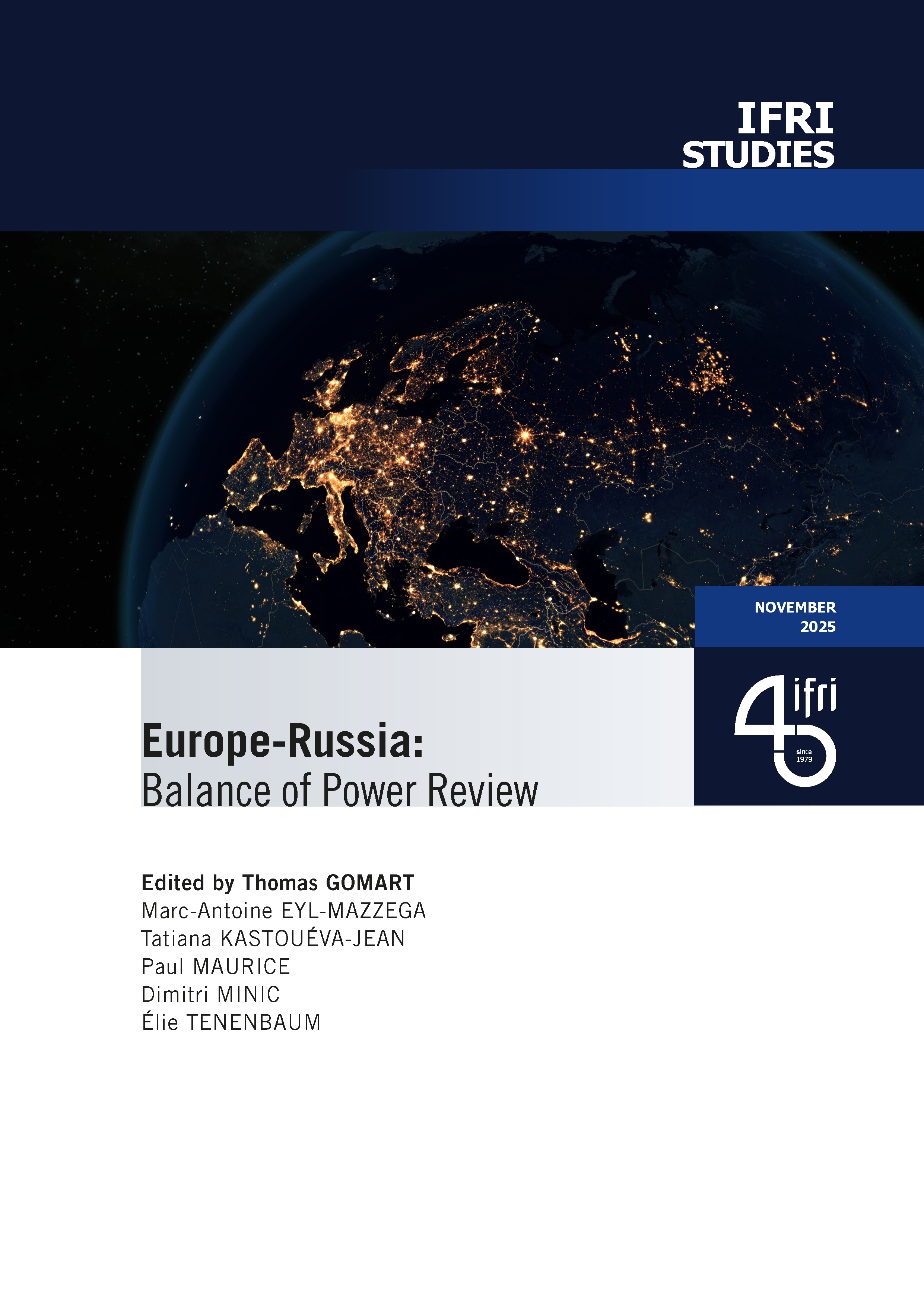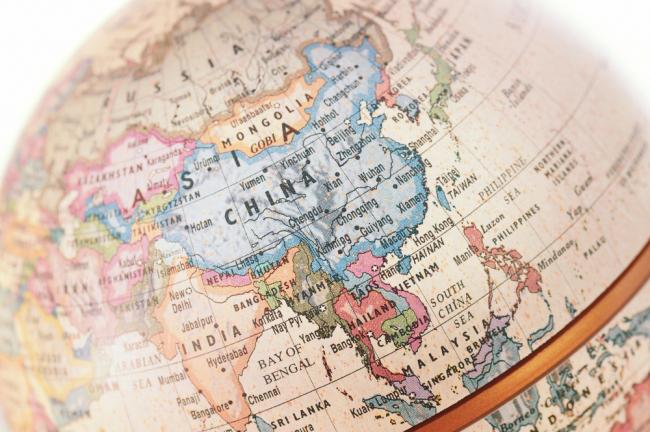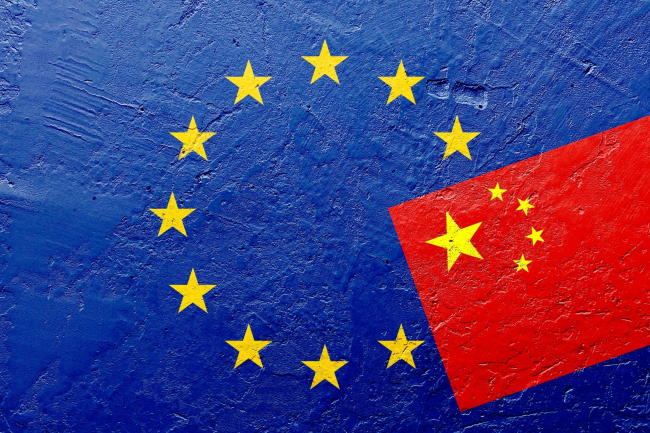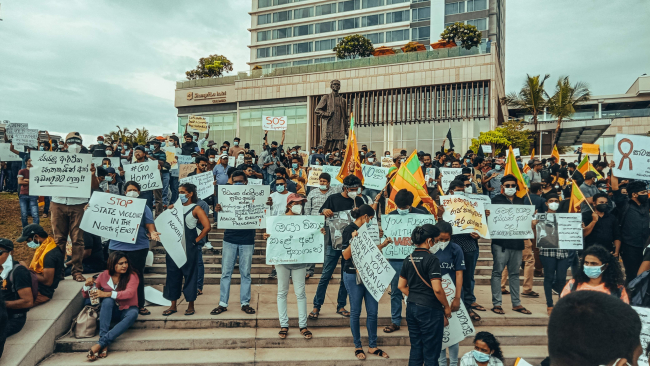China in the Race to Low Earth Orbit: Perspectives on the Future Internet Constellation Guowang
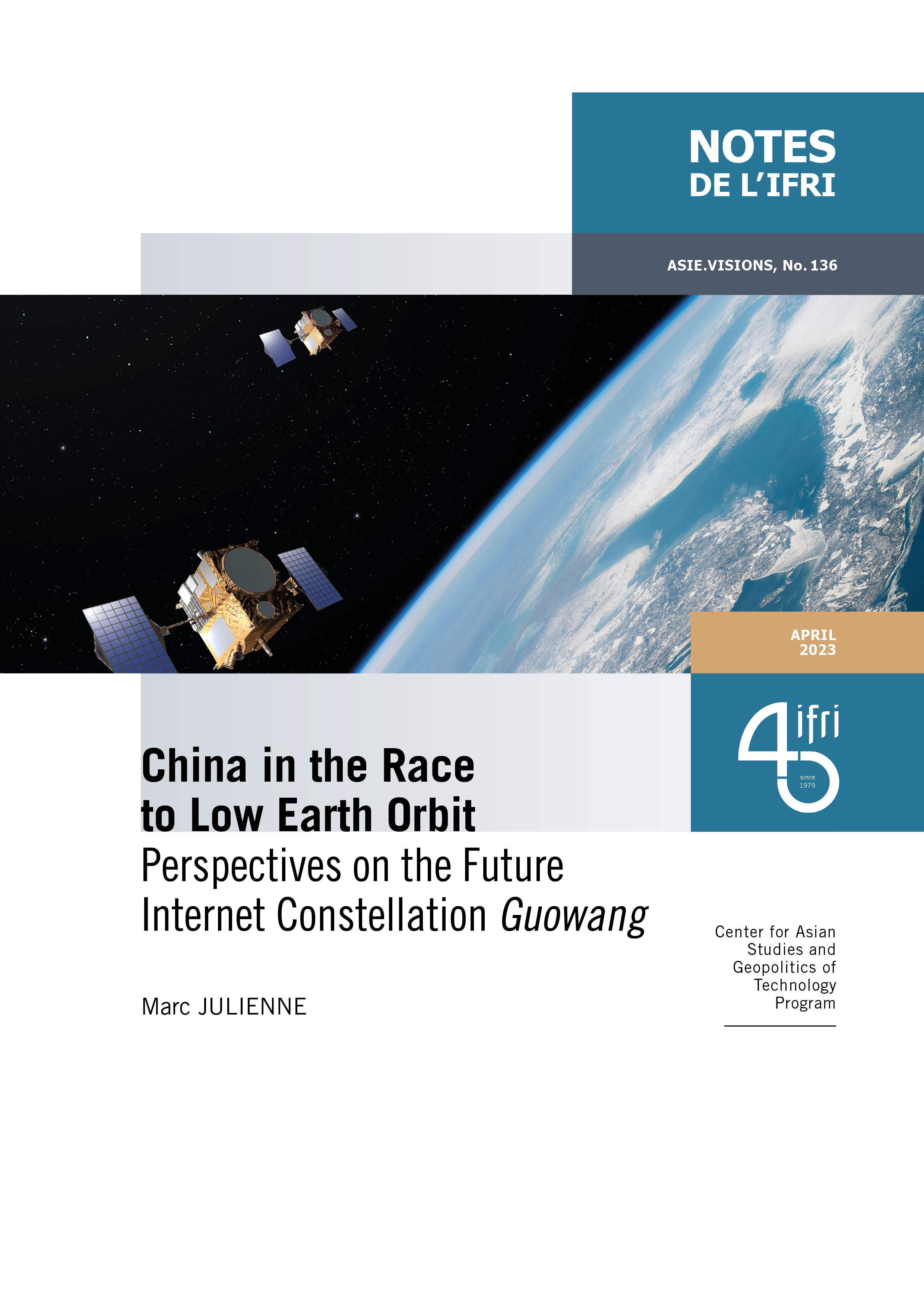
In April 2021, the Chinese government officially, but rather quietly, established a new state-owned enterprise (SOE) named China SatNet. Its mission: build out China’s “mega-constellation” program for low Earth orbiting internet satellites, known as Guowang (“national network”).

Several scattered programs had already been launched in China since 2018, and the establishment of this new SOE appears aimed at streamlining and accelerating the development and deployment of the future national constellation.
China's goal is to position itself in the highly strategic sector that is space-based broadband mobile telecommunication networks, so far dominated by the American SpaceX and its Starlink constellation. These constellations promise significant commercial and military outcomes that have aroused the interest of states.
In this field, Beijing lags behind SpaceX, but demonstrates a fierce determination to catch up and compete with its rivals. China has already registered a request with the International Telecommunications Union to put 12,992 satellites into orbit, or roughly 1,000 more than what has so far been authorized for Starlink.
To achieve its goals, China relies on traditional aerospace and telecommunications SOEs, and now on the newcomer China SatNet. It also relies on an emerging ecosystem of companies and start-ups (GalaxySpace in particular), and encourages local governments to build production parks for the space industry and new launch centers across the country.
China is thus gearing up to achieve its ambitions, but will nevertheless have to face multiple challenges, including the financing of its industry in a constrained economic context, the development of a viable business model which has not yet been proven elsewhere, and above all, the growing strategic and technological rivalry with the United States.

Available in:
Regions and themes
ISBN / ISSN
Share
Download the full analysis
This page contains only a summary of our work. If you would like to have access to all the information from our research on the subject, you can download the full version in PDF format.
China in the Race to Low Earth Orbit: Perspectives on the Future Internet Constellation Guowang
Related centers and programs
Discover our other research centers and programsFind out more
Discover all our analyses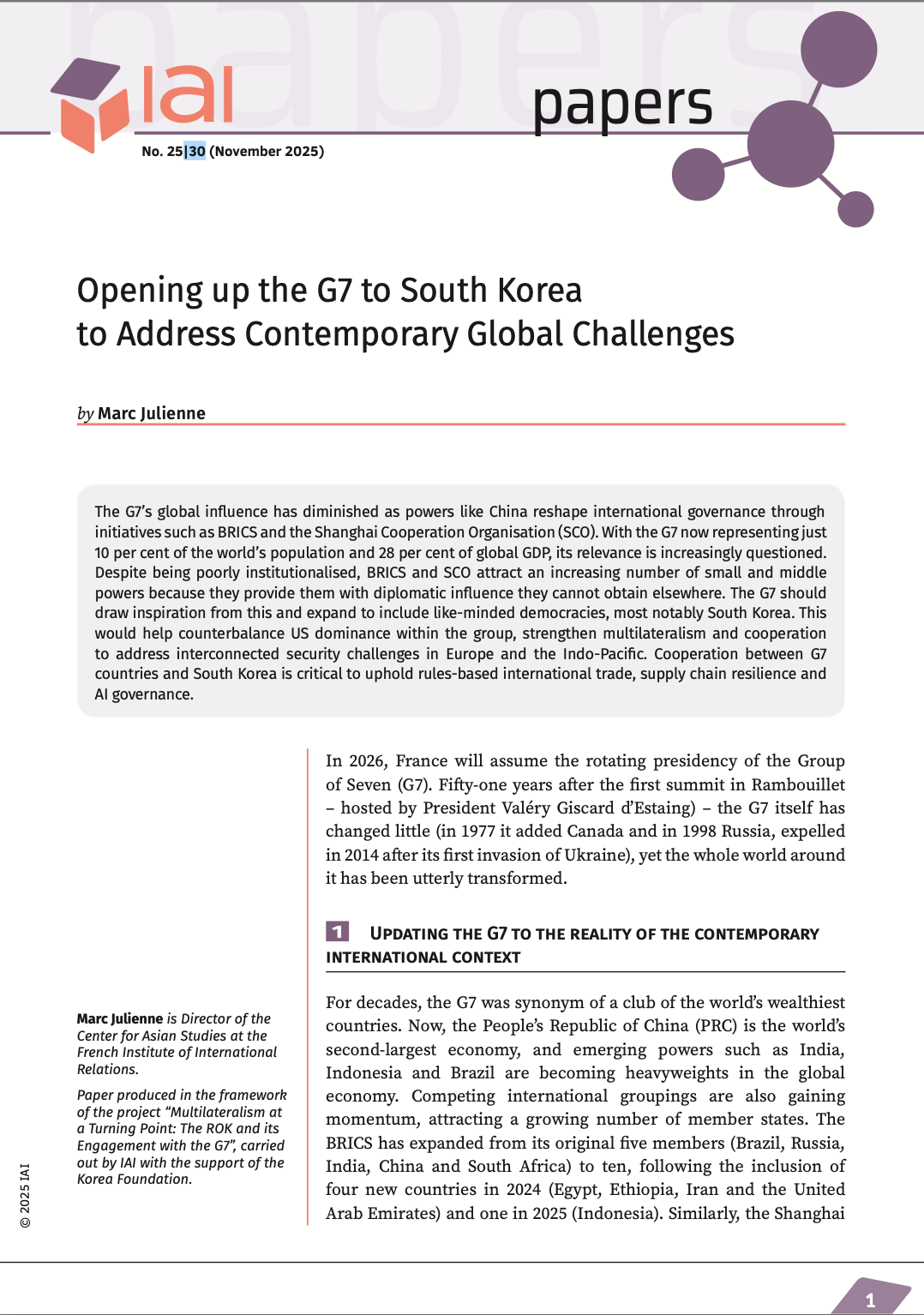
Opening up the G7 to South Korea to Address Contemporary Global Challenges
The G7’s global influence has diminished as powers like China reshape international governance through initiatives such as BRICS and the Shanghai Cooperation Organisation (SCO). With the G7 now representing just 10 per cent of the world’s population and 28 per cent of global GDP, its relevance is increasingly questioned.
Expanding SPDMM as a pivotal institution in the Pacific – A French perspective
The South Pacific Defence Ministers’ Meeting (SPDMM) is the only forum that brings together defense ministers from the wider South Pacific — including Chile, which is hosting it for the first time. This heterogeneous group of countries with varying resources, capacities, and interests — Australia, Chile, Fiji, France, New Zealand, Papua New Guinea (PNG), and Tonga — are united by their shared determination to strengthen cooperation on maritime security and humanitarian assistance and disaster relief (HADR) activities.
EU’s Derisking From China: A Daunting Task
With economic security as a major concern, the EU has recently turned to “derisking” from China. The EU strategy entails reducing critical dependencies and vulnerabilities, including in EU supply chains, and diversifying where necessary, while recognizing the importance and need to maintain open channels of communication.
Sri Lanka’s NPP Government. From System Change to Structural Compliance
In September 2024, a relative outsider to Sri Lanka’s two-party-dominated political system, Anura Kumara Dissanayake, won the presidential elections. The anti-establishment, populist movement he represented, the National People’s Power (NPP), went on to receive an overwhelming mandate in the November 2024 general elections, winning 159 seats in a 225-member parliament.


